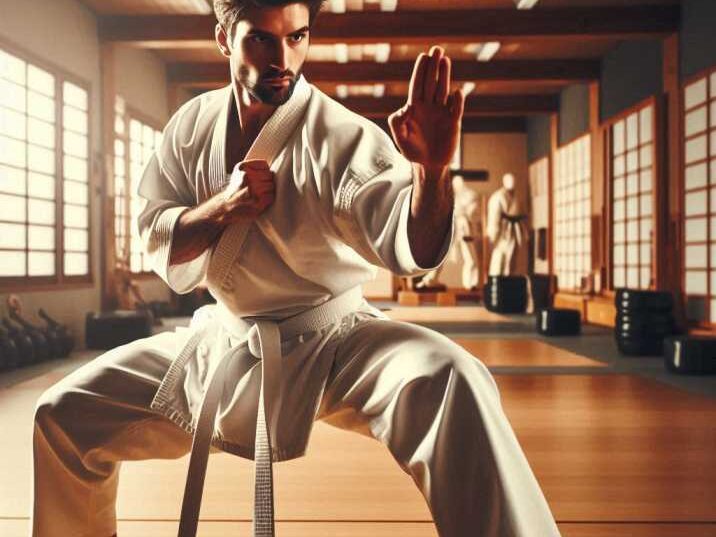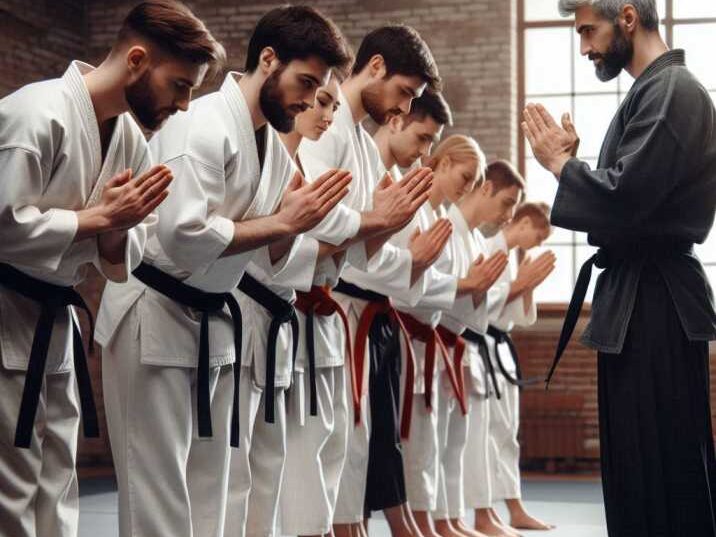Traditional martial arts have been practiced for centuries, evolving as a discipline that teaches far more than just fighting. It’s not about fancy moves or being the toughest. Traditional martial arts instill values, teach self-defense, and promote overall well-being. In today’s world, you might wonder: What’s the point of traditional martial arts? Let’s explore how these ancient practices remain relevant and why they continue to attract millions of students globally.
Introduction
Table of Contents
Traditional martial arts are systems of self-defense, combat, and discipline handed down through generations. Some well-known forms include karate, kung fu, taekwondo, and judo. But their importance goes beyond physical combat. They provide life lessons, helping people of all ages with developmental, emotional, and physical strength. The purpose of traditional martial arts today isn’t just about defending yourself. It’s about building character, maintaining discipline, and fostering a healthy mind and body.
What Are Traditional Martial Arts?
Traditional martial arts are more than just fighting styles. They are deeply rooted in history and culture. These martial arts are systems that teach self-defense, self-discipline, and physical fitness. Every form of traditional martial art has a philosophy tied to respect, patience, and perseverance. For example, in karate, students practice strict discipline and must demonstrate humility and respect toward others.
Point of Traditional Martial Arts
1. Self-Defense Skills
Traditional martial arts provide essential self-defense techniques to protect people in dangerous situations. While it’s not about seeking a fight, knowing how to defend oneself can build confidence and ensure safety when needed. Techniques focus on body positioning, striking, blocking, and evading, preparing students for real-world scenarios.

2. Mental Discipline and Focus
Learning traditional martial arts requires mental discipline. Students must memorize patterns, practice techniques repeatedly, and remain focused for extended periods. This kind of mental training sharpens their attention and teaches them to stay calm under pressure.
3. Physical Fitness and Health
Training in martial arts provides a full-body workout, improving strength, flexibility, balance, and coordination. It keeps students physically fit, helping them maintain a healthy lifestyle. Along with physical benefits, martial arts can reduce stress, improve mental health, and boost self-esteem.
Flexibility and Strength
Practicing martial arts helps develop flexibility, which is essential in preventing injuries. As students improve their techniques, they also build their strength. A well-balanced body makes it easier to perform martial arts movements and helps with overall athletic performance.
4. Building Confidence
Many students of martial arts gain a significant boost in confidence. As they master techniques and earn higher belts, they become more self-assured. This confidence carries over into other areas of life, such as school or work, giving them the courage to face challenges head-on.
5. Respect for Others
A core element of traditional martial arts is respect. From the first lesson, students learn to respect their teachers, fellow students, and opponents. Bowing before and after practice is a sign of respect in many martial arts. This teaches kids and adults the importance of treating others kindly and fairly.

6. Learning Patience and Perseverance
Mastering martial arts takes time, effort, and dedication. Students must practice consistently, often for years, to achieve higher skill levels. The journey teaches patience and perseverance, which are crucial life skills.
Belt System and Goal Setting
Martial arts use a belt system to mark progress. Each new belt earned is a reward for hard work and commitment. Setting goals, like reaching a new belt, motivates students to stay on track and keep pushing forward.
7. Connection to Tradition and Culture
Many martial arts, such as kung fu and judo, come from rich cultural histories. Practicing traditional martial arts connects students to ancient customs, offering insight into different cultures and traditions.
8. Emotional Control
In traditional martial arts, students learn to control their emotions, especially in high-pressure situations. This emotional control helps them avoid conflicts and manage stress better daily. Self-control is one of the key principles taught in all martial arts.
9. Promoting Teamwork and Leadership
While martial arts may seem like an individual activity, there’s a strong emphasis on working with others. Students practice with partners, helping them build teamwork skills. As they advance, they often mentor younger students, fostering leadership qualities.
10. Lifelong Learning
Martial arts are not something you master overnight. Many people continue practicing for life, always learning new techniques and improving their skills. It encourages a lifelong pursuit of personal development.
Table of Information: Benefits of Traditional Martial Arts
| Benefit | Description |
|---|---|
| Self-Defense | Provides the skills to protect yourself in real-world situations. |
| Mental Discipline | Helps in focusing attention and staying calm under pressure. |
| Physical Fitness | Improves overall health, flexibility, and strength. |
| Confidence Building | Boosts self-esteem and encourages positive self-image. |
| Respect and Courtesy | Instills respect for teachers, peers, and oneself. |
| Patience and Perseverance | Teaches that hard work and dedication lead to success. |
| Cultural Connection | Offers insights into historical and cultural traditions. |
| Emotional Control | Helps in managing emotions in stressful situations. |
| Teamwork and Leadership | Develops social skills and leadership qualities. |
| Lifelong Learning | Encourages continuous personal growth and development. |
Conclusion
Traditional martial arts offer far more than just the ability to defend oneself. They build character, improve physical and mental health, and teach important values like respect, patience, and perseverance. Traditional martial arts provide lifelong benefits if you want to get fit, gain confidence, or connect with ancient cultures. So, what’s the point of conventional martial arts? They’re a complete system for personal development that continues to remain relevant in today’s world.
FAQs
1. What is the main purpose of traditional martial arts?
The main purpose of traditional martial arts is to teach self-defense, discipline, and personal growth.
2. Are traditional martial arts still useful today?
Yes, they offer valuable life skills such as self-defense, confidence building, and emotional control.
3. Do you need to be physically fit to start martial arts?
No, anyone can start martial arts, and it helps improve your fitness over time.
4. How long does getting a black belt in martial arts takes?
It varies by style, but it usually takes 3-5 years of consistent practice.
5. Can martial arts help with stress?
Yes, martial arts help reduce stress by promoting physical activity, mental focus, and emotional control.


